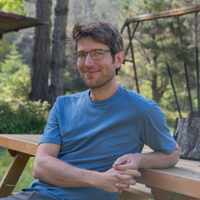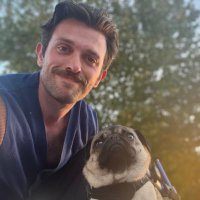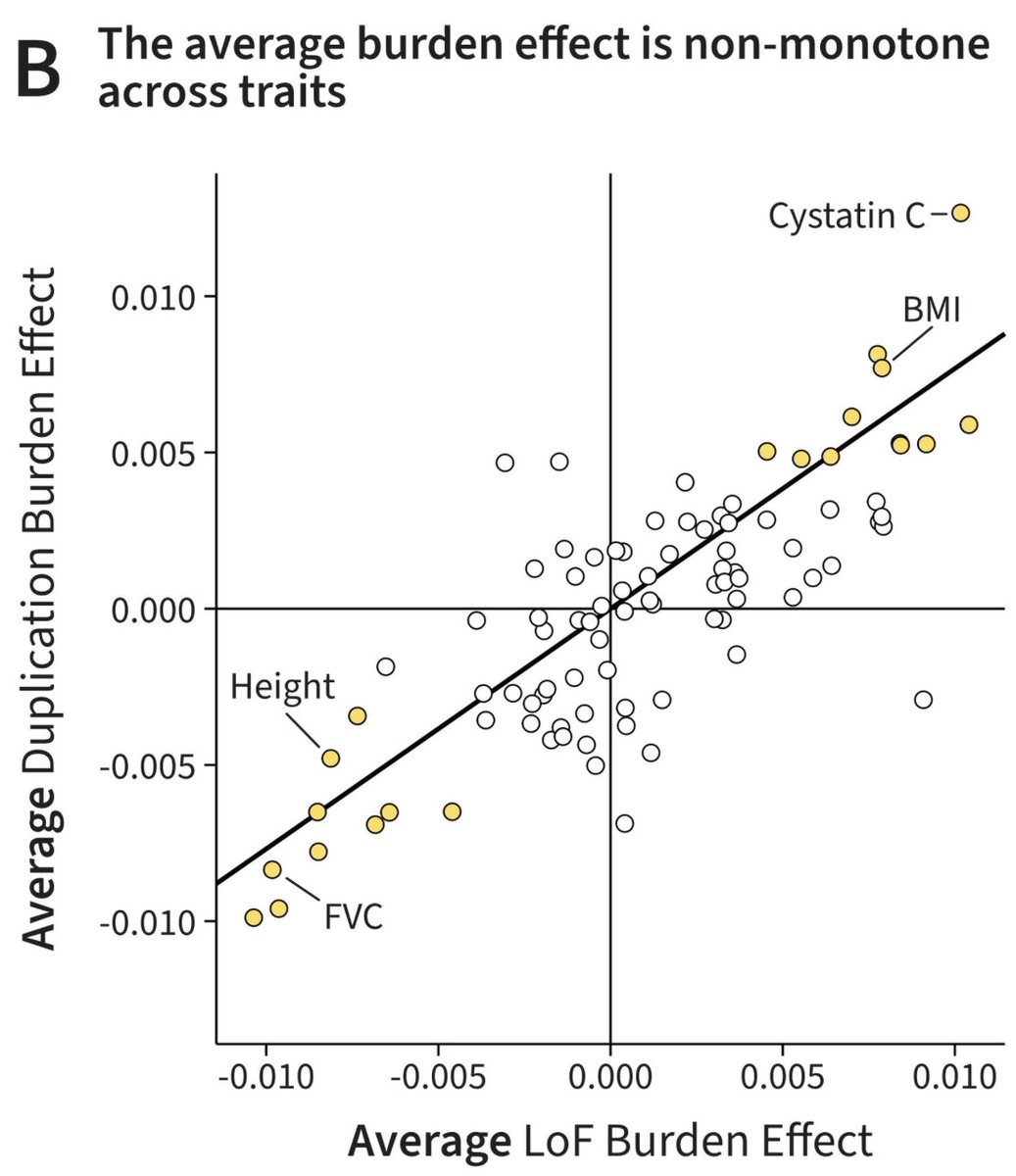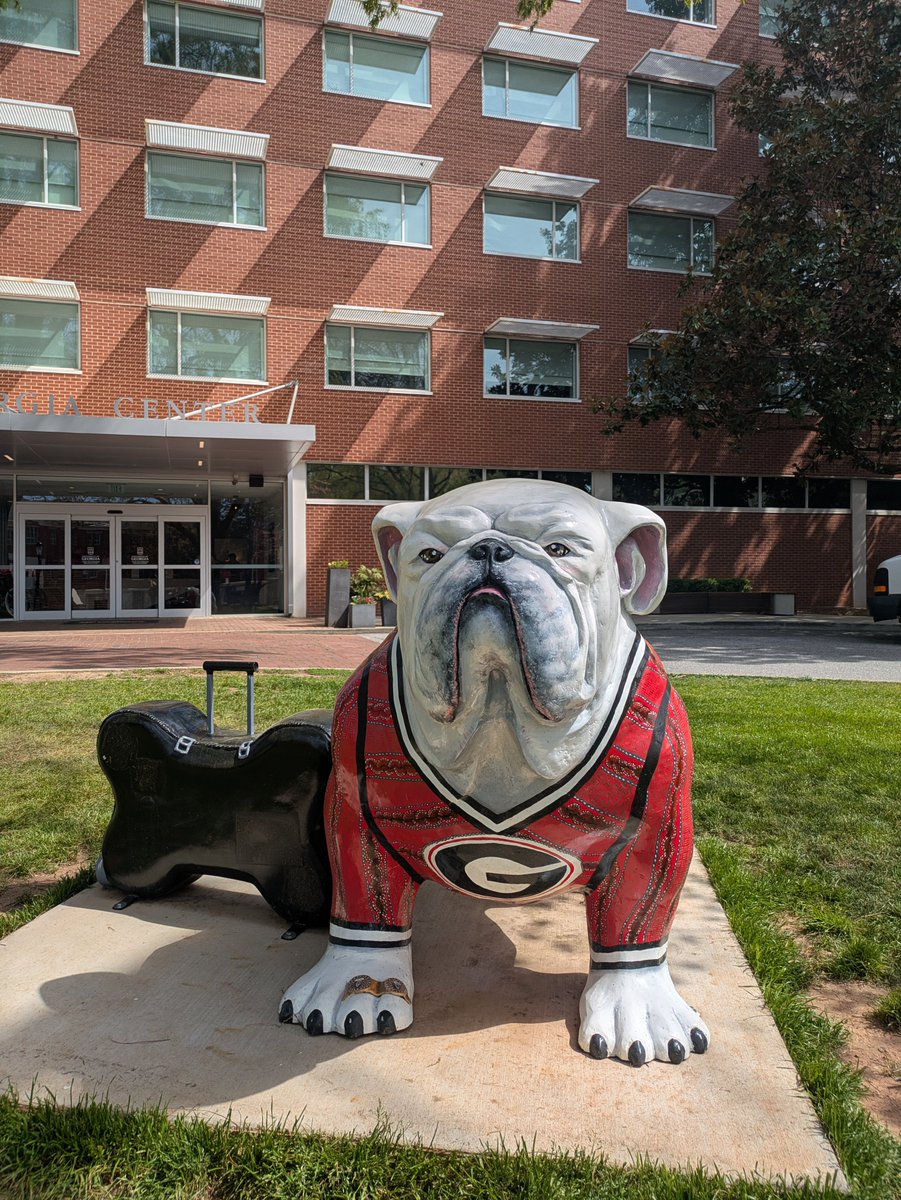
Roshni Patel
@roshniapatel
Postdoc at USC with @DocEdge85. Previously at Stanford with @jkpritch. Pop gen, complex traits, ethics, equity. 🏳️🌈
ID: 1030847704941912066
http://roshnipatel.github.io 18-08-2018 16:03:39
1,1K Tweet
1,1K Followers
998 Following




I am looking for a postdoc to work in theoretical population genetics. We focus on theory and methods for inferring demographic histories and selection using modern and ancient genomic data. Come join our amazing community in Chicago. More info here: steinrueckenlab.uchicago.edu/files/2024/11/…

Heading to #ASHG24 and looking for a postdoc position? Interested in genetic epidemiology, specifically gene x environment in diverse pediatric cohorts? I'll be here all week so find me to talk about opportunities with myself and Priya Duggal at Johns Hopkins Genetic Epidemiology in Baltimore!






was truly so much fun chatting with two of my personal role models - thanks jp flores (he/him) for having us!!

In a new preprint led by Nikhil Milind, we explored a fascinating paradox: For many traits the number of duplications or loss-of-function (LoF) mutations is correlated with phenotype. Curiously, for most traits, the AVERAGE direction of LoFs and Dups is the SAME. Why?




Have a little new piece in Nature Human Behaviour: "Ethics of genomic research on occupational status" nature.com/articles/s4156…

Super excited to share my first grad school paper! It was so much fun working on this collaborative project from day one as a rotation student in the Curtis lab! Such a joy to work on with Katie, Mangiante, Cristina, Christina Curtis and Jennifer Caswell-Jin & thanks to the lab!

New paper with Sarthak R. Mishra ! Maybe it will bring you some joy given all this (waves arms around). "Estimating recombination using only the allele frequency spectrum" 1/2 biorxiv.org/content/10.110…

In #GENETICS, Roshni Patel, @spence_jeffrey_, Jonathan Pritchard, and colleagues explored the use of conditional frequency spectra to study selection on complex traits that circumvent some of the limitations of #GWAS. From our new Biobanks Series, read more: bit.ly/4gXsc1x




